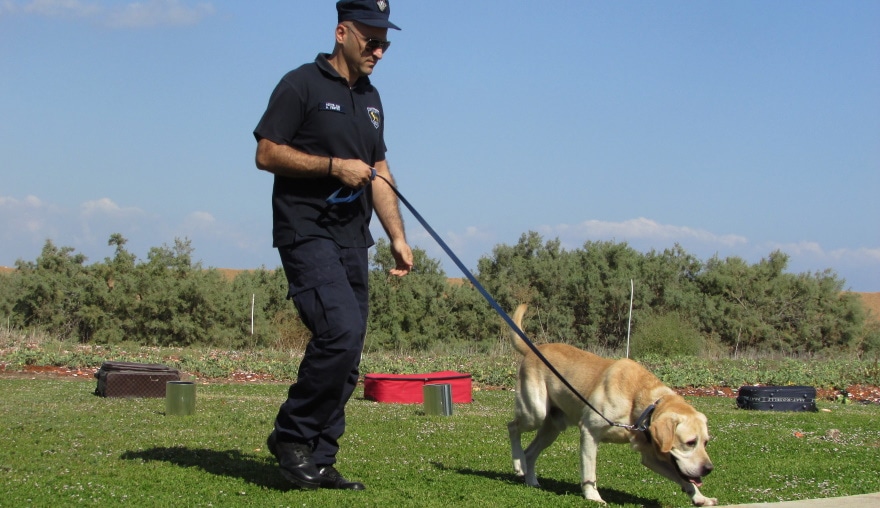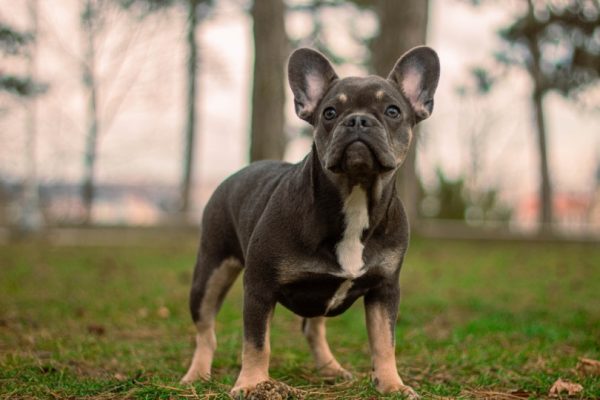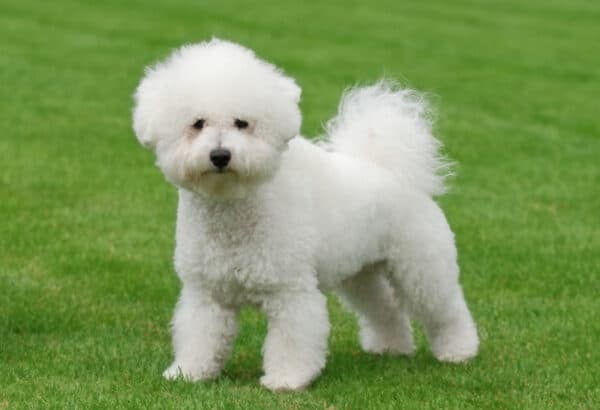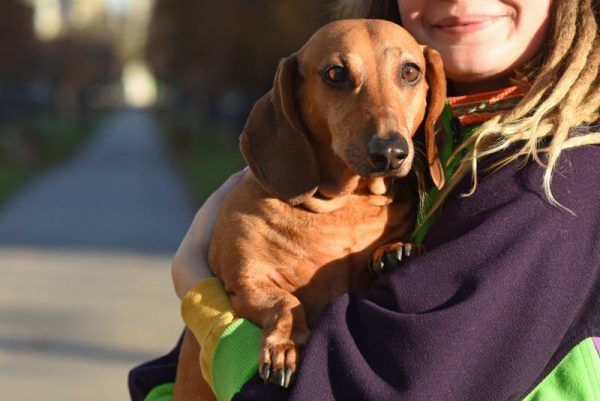In this article
View 2 More +Dogs have been used as loyal sidekicks for humans for hundreds, if not thousands, of years, and have been used for a variety of jobs, from farming to protection. Police dogs have continued this heritage and are among the most capable, well-trained dogs in the world, and they serve a truly unique purpose.
Police dogs are used around the world to help sniff out drugs and other contraband, for search-and-rescue work, and to help do jobs that humans can’t. Several dog breeds are perfect for this job, but even with this natural aptitude, they need specialized training first. Just how long does this training take, and what does it entail? In general, police dogs take around 4–6 months to complete basic training and up to 2 years for complete K9 training, although some breeds will take longer depending on their unique character.
In this article, we look at how long it takes to train a police dog before they’re ready for service, what the training entails, and what age is best for them to begin. Let’s get started!

At What Age Can Dogs Begin Police Dog Training?
As anyone who’s successfully trained a dog knows, training begins the day that you bring your pup home, which is typically around 8 weeks old. For police work, dogs usually begin the first step of training as young as possible, which is also around 8–10 weeks old, depending on the breed. When a litter of potential puppies is born, they are evaluated and closely monitored to check if they have any special, desirable characteristics that make them stand out from the pack.
These puppies are closely watched for how they eat, their intensity during play, and their temperaments. This evaluation can determine which puppies may have the highest chance of completing training. They are exposed to various sounds, challenges, and situations, and how they react to these is also closely monitored by trainers. This is to help desensitize the pups and prevent them from becoming skittish to new sights and sounds. As is the case with any dog, they are taught basic commands first, such as sit and stay, and only then move on to more complex training techniques.
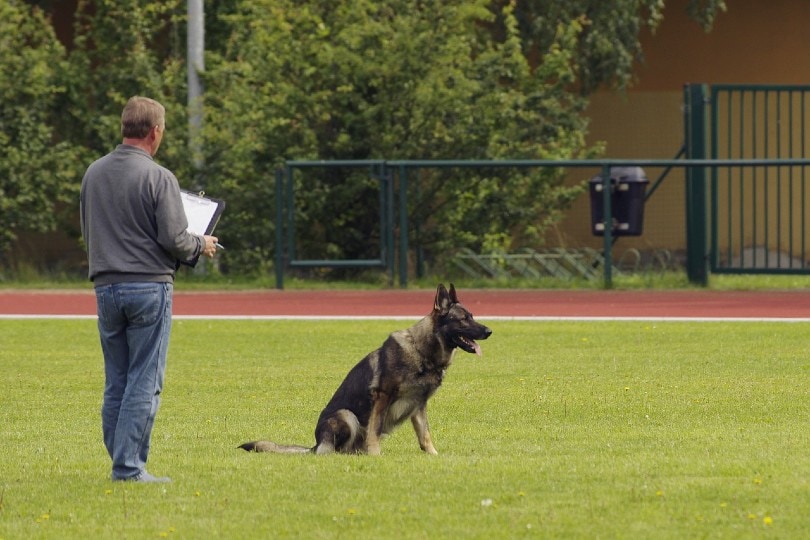
How Long Does It Take to Train a Police Dog?
For basic training, it takes 4–6 months to begin police dog training and up to 3 years for complete training. This timeframe also depends on the specific task that the dogs are being trained for and the breed of dog, but dogs trained for a singular purpose are usually done within 12–18 months. Multi-purpose dogs take far longer, usually around 2 years for an exceptional, fast-learning pooch, or up to 3 years for dogs that need extra work.
After puppy selection and the initial basic training, dogs will then be selected for their unique jobs, and training will begin accordingly. Training begins with “shaping,” a process of putting the dogs through situations in which they cannot fail. This engenders a sense of confidence in the dog, as they would otherwise be reprimanded for things that they are not yet sure are “wrong.” From here, tasks are turned into fun and engaging games, more obedience training, tracking work, socialization, and “bite work.”
After 1 year, these methods are further intensified and refined according to the dog’s purpose, with obedience being the most important — police dogs should obey commands 100% of the time, for their safety and the police officer’s.
A police dog’s training never really ends, though, as these dogs are still trained while they are in service until the day that they retire.

Which Breeds Make the Best Police Dogs?
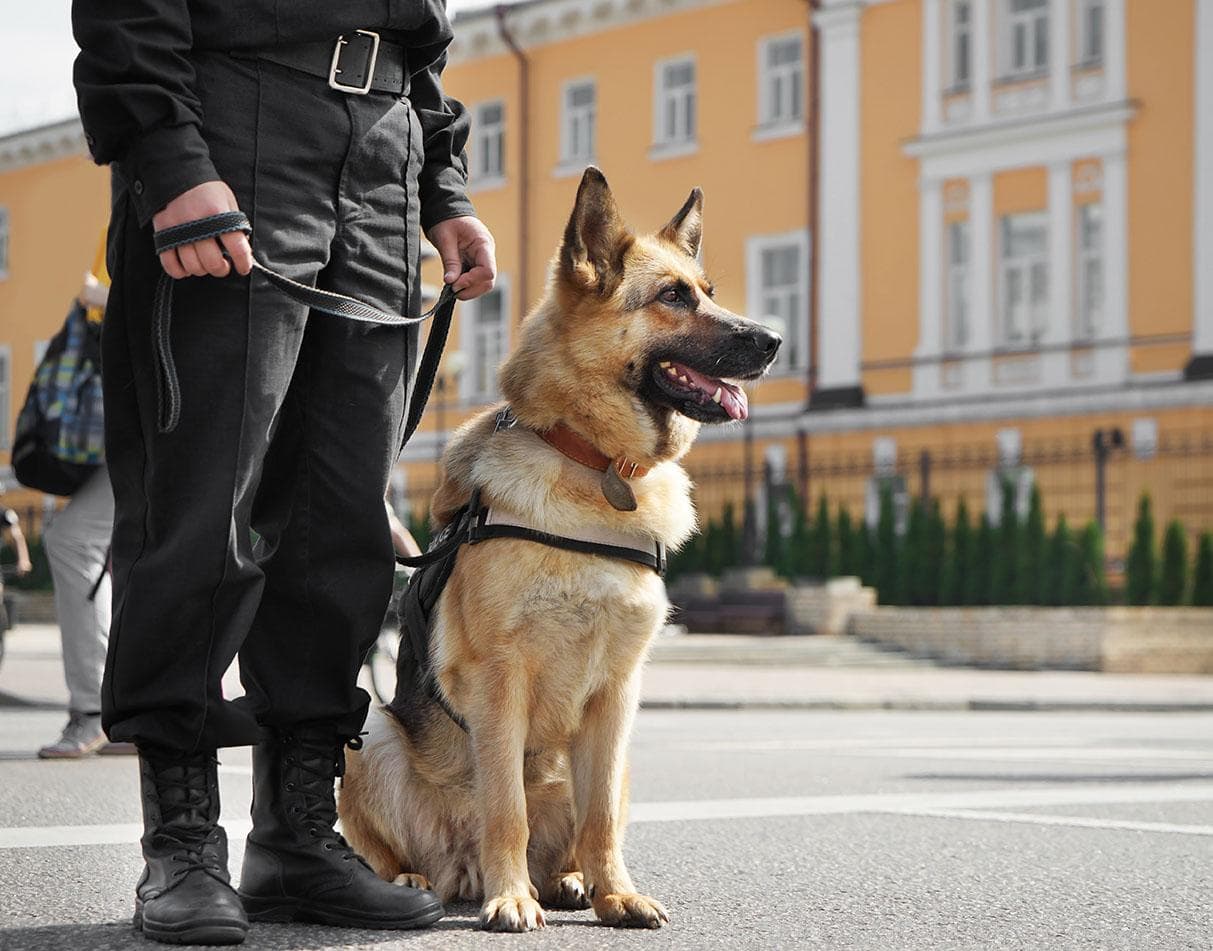
German Shepherds are the breed most commonly associated with police work, and undoubtedly, they are the most popular breed used for the purpose. They have the appropriate physical and mental abilities, and they are powerful yet nimble and fast animals with incredible loyalty and skill in training.
There are other dogs commonly used in K9 units, including:

Conclusion
In general, basic training for police work takes around 4–6 months and a further 2–3 years for specialized work. This could be more or less depending on the specific work that the dog will be used for, but it’s usually no less than 1 year until any police dog gets deployed into service. Of course, like the police themselves, a police dog’s work is always evolving and changing, and they are always learning throughout their service.
Featured Image Credit: Piqsels
